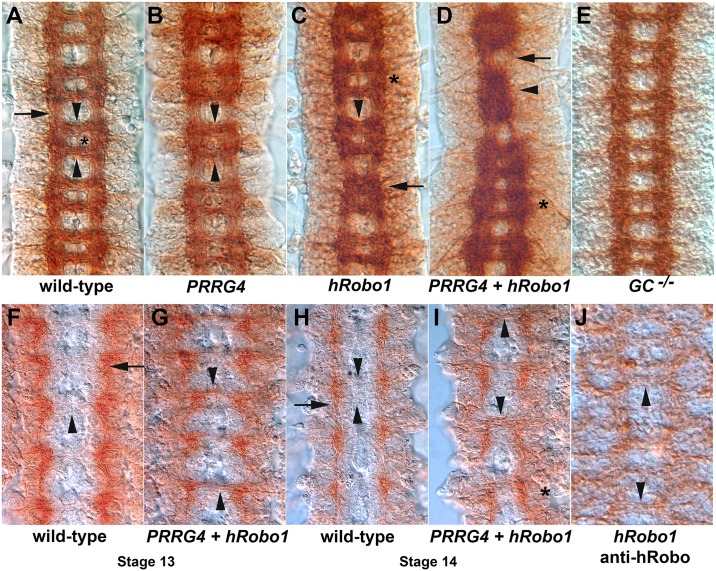Fig 4. PRRG4 induces axon guidance errors when co-expressed with human Robo1 in the Drosophila ventral nerve cord.
Dissected Drosophila embryonic ventral nerve cords stained with the monoclonal antibodies BP102, which stains the CNS axon scaffold (A-E), or anti-dRobo1 13C9 (F-I), or anti-vertebrate Robo1 (J). Both stains are brown. For over-expression experiments, a single copy of the sca-GAL4 pan-neural driver and the indicated UAS transgene is present (B-D, G, I). A. The wild type axon scaffold of a stage 16 embryo exhibits a regular arrangement of commissures that cross the CNS midline (arrowheads) and longitudinal tracts that project along the anterior-posterior body axis (arrow). The anterior and posterior commissures in each segment are separated by the cell bodies of midline glia and motor neurons (asterisk). B. Pan-neuronal expression of PRRG4 results in a failure to fully separate the commissures leading to a fuzzy appearance of commissures (arrowheads). C. Pan-neuronal expression of human Robo1 causes the axon scaffold to partially collapse on the midline in some segments (arrow). In other segments the commissures appear thicker (arrowhead) and in several segments the width of the axon scaffold is reduced even though the commissures remain separated (asterisk). D. Co-expression of PRRG4 and hRobo1 results in strong axon phenotypes, including collapse of axons onto the midline in a manner resembling slit mutants (arrowhead), fuzzy and unseparated commissures with disrupted longitudinals (arrow) or fuzzy and only partially separated commissures (asterisk). E. Stage 16 embryo homozygous for a null mutation in the γ-glutamyl carboxylase gene (GC). No defects in the axon scaffold were observed. F. Stage 13 wild type embryo stained for fly Robo1 protein. The longitudinal portion of the axon scaffold stains brown (arrow), but the commissures lack Robo1 protein (arrowhead). The commissures are just beginning to be separated by the migration of midline glia. G. Pan-neural expression of PRRG4 and hRobo1 results in Robo1 protein entering the commissures (arrowheads), a phenotype seen when comm is over-expressed. H. Stage 14 wild type embryo in which the commissures are separated but lack visible Robo1 staining (arrowhead). The longitudinal tracts have Robo1 staining (arrow). I. An embryo expressing both PRRG4 and hRobo1 displays Robo1 protein in the commissures (arrowheads). The phenotypic effects of expressing both PRRG4 and hRobo1 can be witnessed in the asymmetry of the staining and lateral reduction in the width of the scaffold (asterisk). J. An embryo with pan-neuron expression of UAS-hRobo1 using the scratch-GAL4 driver was stained with anti-Robo1 (Abcam ab7279). Human Robo1 protein is visible in commissural axons (arrowheads), indicating that hRobo1 is not subject to regulation by fly Comm. The data is summarized in Table 1 and the underlying data are shown in S1 Data.

